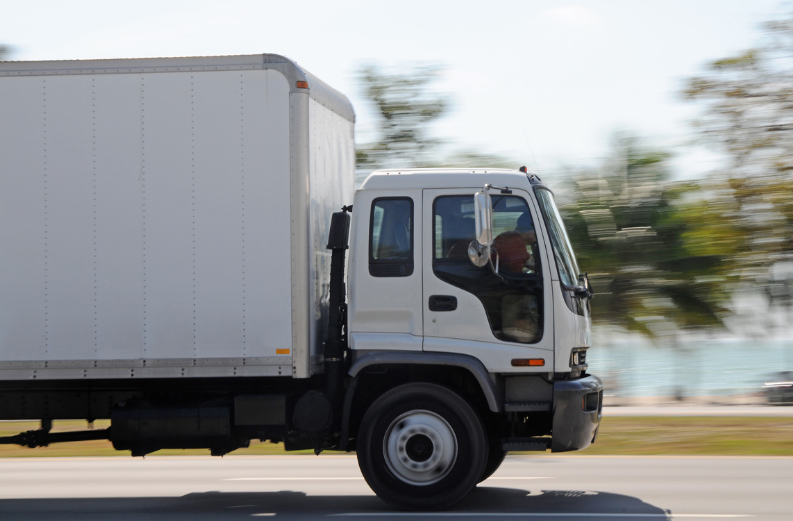Moving Statistics You Need To Know In 2022
If you are considering moving to a different place, you are not alone. The U.S. population is increasing, yet over the past ten years, there have also been notable population fluctuations in several regions of the nation.

As a result of the COVID-19 pandemic and more people working from home, many moved out of highly populated areas to reduce the risk of getting sick. Additionally, the cost of living in many locations has increased due to taxes and inflation, causing some people to relocate to lower-cost areas.
To better grasp how much the moving industry affects just about everything, we have collected and analyzed the most thought-provoking moving statistics you need to know in 2022.
Topics Covered

General Moving Statistics

Reasons Americans Are Moving

Who Is Moving?

When and How Do Americans Prefer to Move?

Where Are Americans Moving to?

Moving Costs

General Moving Statistics

Reasons Americans Are Moving

Who Is Moving?

When and How Do Americans Prefer to Move?

Where Are Americans Moving to?

Moving Costs
Key Takeaways
In 2021, 8.4% of Americans decided to change their living location.
More than half (64%) of Americans claim that their motivation for relocating this year was the effects of climate change.
One in five Americans claims to have relocated because of the pandemic.
As of July 2021, moving costs are about 15% more expensive than July 2020 was.
The South was preferred by many of those relocating, and it experienced the nation's highest growth by +657,682.
For local moves, movers typically bill $60 to $100 per mover per hour.
For long-distance moves, the average price of movers jumps to between $2,200 and $5,700.
In 2021, Texas was the preferred state to move to, whereas New York was the most popular state to move from.
Men (8.2%) are more likely to move than women (8%).

General Moving Statistics
In 2021, 8.4% of Americans decided to change their living location, which marked a decrease from the annual 14% in the previous years. In summary, 27 million Americans moved the previous year, a drop from 40 million people who moved annually during the last five years.
Of the overall those relocating, more than half (58%) decided to stay in the same country, while 23% moved to a different city within the same state. On the contrary, 16% of those who moved relocated to a different state, and only 2% moved abroad.
Reasons Americans Are Moving
Climate change
One in ten homes in the U.S., or 14.5 million households, were affected by natural catastrophes in 2021. Additionally, 12.8 million homes were impacted by winter storms. And not to forget the widespread fires ravaging California, Montana, Oregon, and Washington State and the fatal heatwave the Pacific Northwest suffered in June 2021. Many people were forced to evacuate and decided not to return.

More than half (64%) of Americans claim that their motivation for relocating this year was the effects of climate change and unpredictable weather patterns.

COVID-19
The COVID-19 pandemic was one of the leading causes of the recent migration within the United States. One in five Americans claims to have relocated because of the pandemic.
In response to the outbreak, 37% of people between the ages of 18 and 29 either moved, had someone move into their house, or knew someone who moved.
Additionally, most adults who had moved were Asian and Hispanic. Compared to 2% of White people, an estimated 7% of Asian adults and 6% of Hispanic adults reported moving during the COVID-19 pandemic.
Other reasons include:

Establishing their own household

New job

To be closer to work

Retirement

Better neighborhood/less crime

Attend or leave college

Hotter weather

Health reasons




Who Is Moving?
Recent occurrences, many of which were brought on by COVID-19, have given rise to new difficulties and opportunities. Many of the U.S. population decided to leave their familiar surroundings or seized the chance to explore new possibilities. Let’s look at who is moving based on gender, generation, ethnicity, and income.
Gender

Generation
Ethnicity
Income
With the cost of living being one of the reasons Americans choose to change their locations, let’s take a look at the percentage of moves based on the annual income of their households.
Source: U.S. Census Bureau
When and How Do Americans Prefer to Move?



Our research shows that the peak moving season each year is between June and August. Furthermore, it looks like Americans are very quick at making the decision to move, with 90% deciding to move within a month and 22% within two weeks.
How long does the moving process take?
Many factors impact the elongation of the moving process.
These factors include:

The distance of the move

How many odds and ends you have

The amount of furniture

The amount of help

Additional pickups and stops

The number of stairs

The number of items to be disassembled and reassembled

Your home size will also determine how long it will take for you to settle in.
Where Are Americans Moving to?
Every year, millions of Americans relocate, many of them into a new city or state and frequently outside their existing zip code. But where are they going? The answer tends to vary from year to year.
The data demonstrate a strong preference for states in the South, which have experienced the nation’s highest growth by +657,682. They are drawn to these particular states for reasons other than their lovely southern charm and tea. It is because these states traditionally feature lower living expenses, fewer extreme weather variations, and greater outdoors.
Top States People Moved To
Top States People Moved Away From
Moving Costs

Local Moving
This cost range includes a two-person moving crew performing a local transfer of up to 100 miles. For local moves, movers typically bill $60 to $100 per mover per hour. However, this price range also depends on the day of the move. Your hourly wage for a Saturday morning move can be more than on a Wednesday.
more expensive than July 2020.
Long-Distance Moving
Moving long distances is much more difficult because the corporation must account for expenses like gas, tolls, and hotel if the trip takes more than one day and extra charges for the drivers. These expenses will be billed to you, significantly raising the cost of the move. Nonetheless, the price can easily surpass $10,000 depending on the distance and house size.

